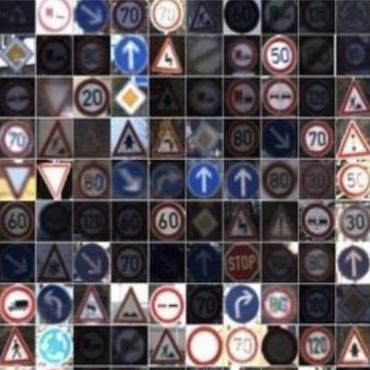NTD: Non-Transferability Enabled Backdoor Detection
A backdoor deep learning (DL) model behaves normally upon clean inputs but misbehaves upon trigger inputs as the backdoor attacker desires, posing severe consequences to DL model deployments. State-of-the-art defenses are either limited to specific backdoor attacks (source-agnostic attacks) or non-user-friendly in that machine learning (ML) expertise or expensive computing resources are required. This work observes that all existing backdoor attacks have an inevitable intrinsic weakness, non-transferability, that is, a trigger input hijacks a backdoored model but cannot be effective to another model that has not been implanted with the same backdoor. With this key observation, we propose non-transferability enabled backdoor detection (NTD) to identify trigger inputs for a model-under-test (MUT) during run-time.Specifically, NTD allows a potentially backdoored MUT to predict a class for an input. In the meantime, NTD leverages a feature extractor (FE) to extract feature vectors for the input and a group of samples randomly picked from its predicted class, and then compares similarity between the input and the samples in the FE's latent space. If the similarity is low, the input is an adversarial trigger input; otherwise, benign. The FE is a free pre-trained model privately reserved from open platforms. As the FE and MUT are from different sources, the attacker is very unlikely to insert the same backdoor into both of them. Because of non-transferability, a trigger effect that does work on the MUT cannot be transferred to the FE, making NTD effective against different types of backdoor attacks. We evaluate NTD on three popular customized tasks such as face recognition, traffic sign recognition and general animal classification, results of which affirm that NDT has high effectiveness (low false acceptance rate) and usability (low false rejection rate) with low detection latency.
PDF Abstract


 ImageNet
ImageNet
 GTSRB
GTSRB